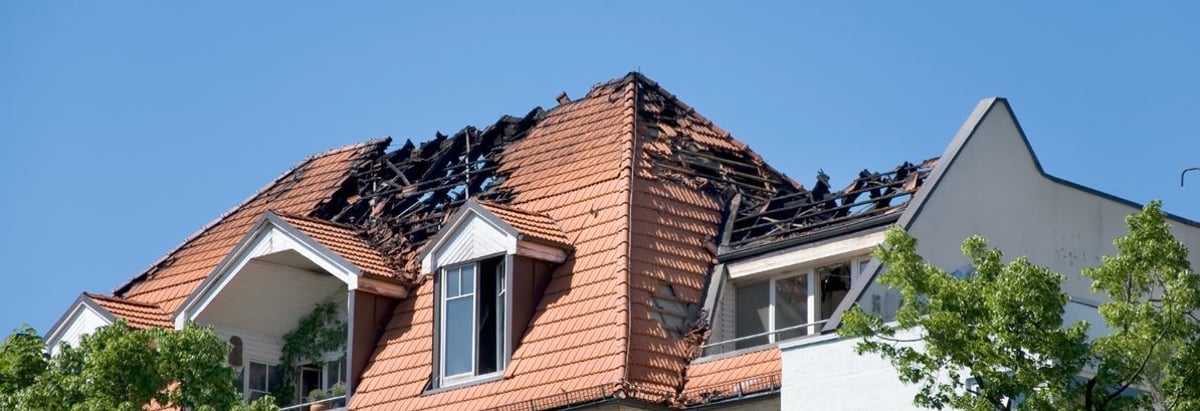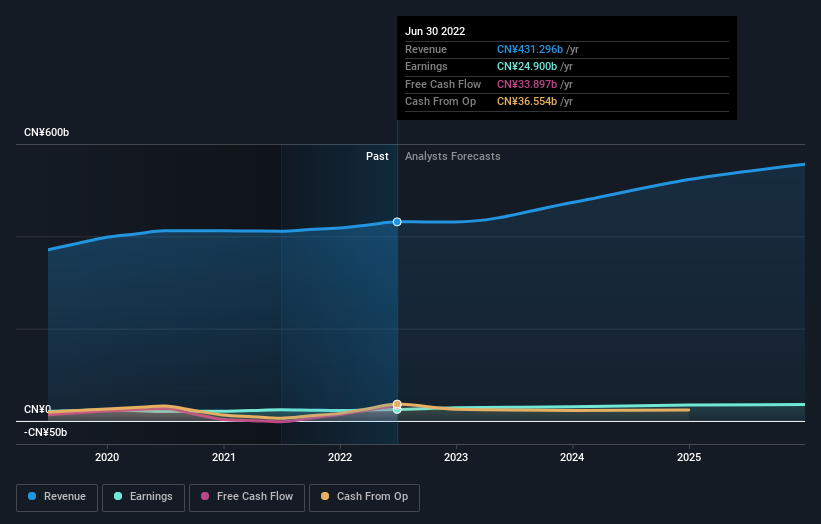Public companies in PICC Property and Casualty Company Limited (HKG:2328) are its biggest bettors, and their bets paid off as stock gained 3.3% last week

Key Insights
- PICC Property and Casualty's significant public companies ownership suggests that the key decisions are influenced by shareholders from the larger public
- The People's Insurance Company (Group) of China Limited owns 69% of the company
- Institutional ownership in PICC Property and Casualty is 14%
To get a sense of who is truly in control of PICC Property and Casualty Company Limited (HKG:2328), it is important to understand the ownership structure of the business. With 69% stake, public companies possess the maximum shares in the company. That is, the group stands to benefit the most if the stock rises (or lose the most if there is a downturn).
As a result, public companies collectively scored the highest last week as the company hit HK$167b market cap following a 3.3% gain in the stock.
Let's take a closer look to see what the different types of shareholders can tell us about PICC Property and Casualty.
Check out our latest analysis for PICC Property and Casualty

What Does The Institutional Ownership Tell Us About PICC Property and Casualty?
Institutional investors commonly compare their own returns to the returns of a commonly followed index. So they generally do consider buying larger companies that are included in the relevant benchmark index.
We can see that PICC Property and Casualty does have institutional investors; and they hold a good portion of the company's stock. This suggests some credibility amongst professional investors. But we can't rely on that fact alone since institutions make bad investments sometimes, just like everyone does. When multiple institutions own a stock, there's always a risk that they are in a 'crowded trade'. When such a trade goes wrong, multiple parties may compete to sell stock fast. This risk is higher in a company without a history of growth. You can see PICC Property and Casualty's historic earnings and revenue below, but keep in mind there's always more to the story.

PICC Property and Casualty is not owned by hedge funds. Looking at our data, we can see that the largest shareholder is The People's Insurance Company (Group) of China Limited with 69% of shares outstanding. This implies that they have majority interest control of the future of the company. BlackRock, Inc. is the second largest shareholder owning 2.1% of common stock, and Capital Research and Management Company holds about 1.5% of the company stock.
While studying institutional ownership for a company can add value to your research, it is also a good practice to research analyst recommendations to get a deeper understand of a stock's expected performance. There are a reasonable number of analysts covering the stock, so it might be useful to find out their aggregate view on the future.
Insider Ownership Of PICC Property and Casualty
The definition of company insiders can be subjective and does vary between jurisdictions. Our data reflects individual insiders, capturing board members at the very least. Company management run the business, but the CEO will answer to the board, even if he or she is a member of it.
Most consider insider ownership a positive because it can indicate the board is well aligned with other shareholders. However, on some occasions too much power is concentrated within this group.
Our data cannot confirm that board members are holding shares personally. It is unusual not to have at least some personal holdings by board members, so our data might be flawed. A good next step would be to take a look at this free summary of insider buying and selling.
General Public Ownership
The general public-- including retail investors -- own 17% stake in the company, and hence can't easily be ignored. While this size of ownership may not be enough to sway a policy decision in their favour, they can still make a collective impact on company policies.
Public Company Ownership
Public companies currently own 69% of PICC Property and Casualty stock. This may be a strategic interest and the two companies may have related business interests. It could be that they have de-merged. This holding is probably worth investigating further.
Next Steps:
It's always worth thinking about the different groups who own shares in a company. But to understand PICC Property and Casualty better, we need to consider many other factors. To that end, you should be aware of the 1 warning sign we've spotted with PICC Property and Casualty .
Ultimately the future is most important. You can access this free report on analyst forecasts for the company.
NB: Figures in this article are calculated using data from the last twelve months, which refer to the 12-month period ending on the last date of the month the financial statement is dated. This may not be consistent with full year annual report figures.
New: Manage All Your Stock Portfolios in One Place
We've created the ultimate portfolio companion for stock investors, and it's free.
• Connect an unlimited number of Portfolios and see your total in one currency
• Be alerted to new Warning Signs or Risks via email or mobile
• Track the Fair Value of your stocks
Have feedback on this article? Concerned about the content? Get in touch with us directly. Alternatively, email editorial-team (at) simplywallst.com.
This article by Simply Wall St is general in nature. We provide commentary based on historical data and analyst forecasts only using an unbiased methodology and our articles are not intended to be financial advice. It does not constitute a recommendation to buy or sell any stock, and does not take account of your objectives, or your financial situation. We aim to bring you long-term focused analysis driven by fundamental data. Note that our analysis may not factor in the latest price-sensitive company announcements or qualitative material. Simply Wall St has no position in any stocks mentioned.
About SEHK:2328
PICC Property and Casualty
Engages in property and casualty insurance business in People’s Republic of China.
Proven track record with adequate balance sheet and pays a dividend.
Similar Companies
Market Insights
Community Narratives



